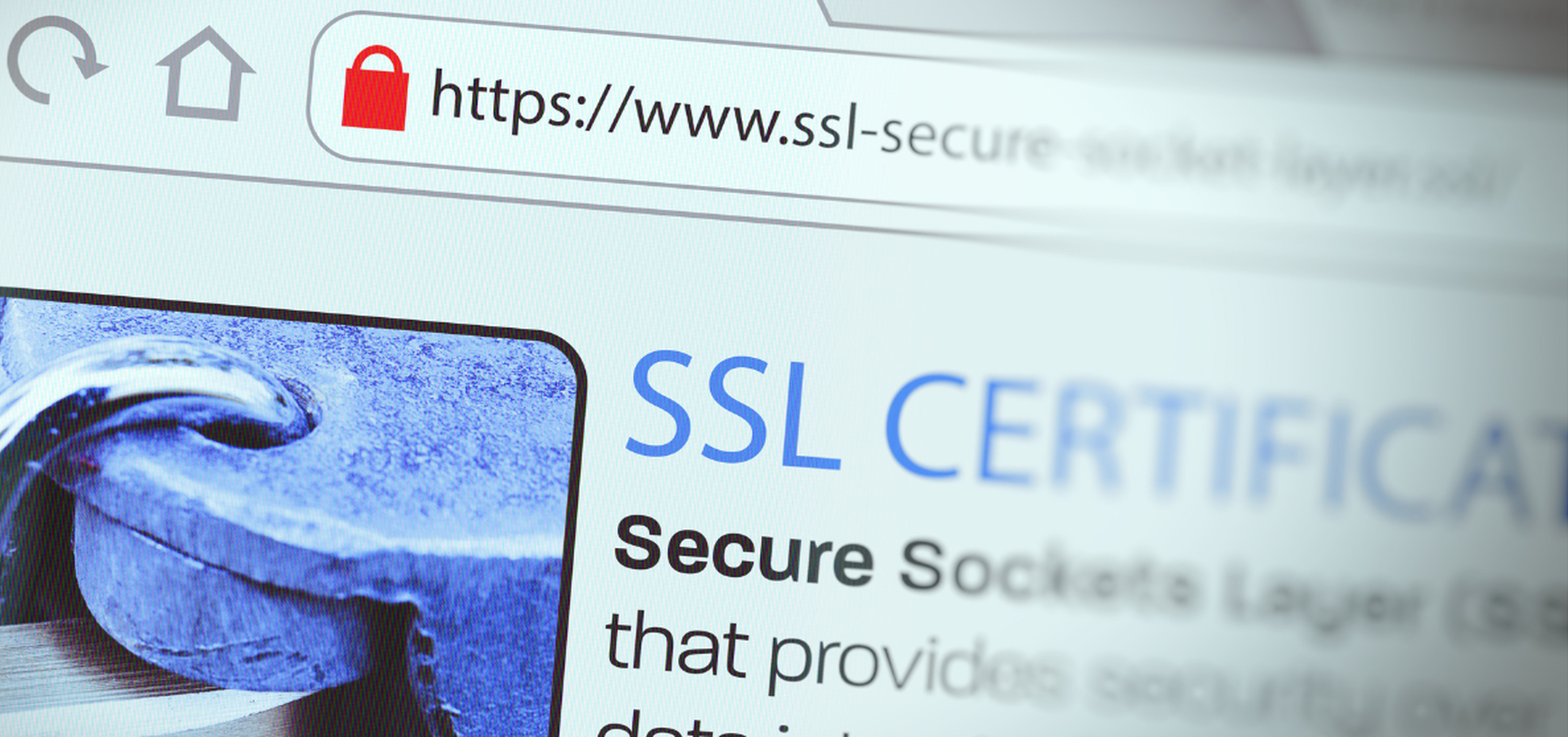Why SSL Misconfigurations Put Businesses at Risk
Your website is often one of your most valuable assets. It is where customers find you, learn about your services, and sometimes buy from you. It is also where they trust you with their personal details. If your website’s security isn’t set up properly, that trust can vanish quickly and so can your customers. One of the most common and often overlooked issues is SSL misconfiguration.
What Is an SSL Misconfiguration?
An SSL (Secure Sockets Layer) certificate is what enables the padlock symbol in your browser. It encrypts the connection between your website and the visitor’s device, ensuring information stays private.
When installed and configured correctly, it is a cornerstone of secure web browsing.
When it is misconfigured, however, that same padlock can create a false sense of security, making customers think their data is safe when it isn’t.
How Common Is This Problem?
More than half of websites worldwide have weak security settings, and SSL/TLS misconfigurations are a leading cause. Researchers have found thousands of websites still using outdated encryption protocols that have been unsafe for decades.
SSL misconfigurations can happen for several reasons:
-Using outdated encryption algorithms
-Incorrect certificate setup
-Expired SSL certificates
-Allowing insecure redirects or mixed content
Why It Matters
SSL misconfigurations can lead to:
-Man-in-the-middle attacks – criminals intercept data and can read or change it.
-Eavesdropping – attackers quietly collect sensitive information.
-Data breaches – exposing personal and business details, causing financial and reputational harm.
-Poor habits – repeated SSL errors can train people to ignore warnings, making them more vulnerable later.
Even the biggest tech companies have suffered downtime and breaches due to expired or misconfigured SSL certificates. If it can happen to them, it can happen to anyone.
Why It Happens
Managing SSL certificates and settings is not always straightforward. Common challenges include:
-Limited time or expertise to stay on top of security best practice
-Forgetting manual certificate renewals
-Default server settings that are not secure
-Old or unused websites still online and vulnerable
As your online presence grows, new services and changes can create hidden weaknesses without you realising.
How to Stay Secure
The good news is that SSL misconfigurations can be fixed and prevented. Here are some key steps:
-Track certificate expiry dates and renew early.
-Update encryption settings and disable old protocols like TLS 1.0 and 1.1.
-Use security headers such as HTTP Strict Transport Security (HSTS).
-Automate checks so problems are spotted before they cause outages.
-Use External Attack Surface Management (EASM) to scan for issues before hackers find them.
How Rachis Can Help
We can take the hassle out of SSL management. Our team can:
-Set up SSL certificates correctly from the start
-Manage and renew certificates on time
-Configure encryption settings to meet current security standards
-Monitor for vulnerabilities and fix them before they cause damage
SSL misconfigurations are easy to overlook but can cause serious harm. We will make sure that doesn’t happen to your business.
If you want expert help improving your website security in Adelaide and strengthening your TLS encryption security, contact us for practical advice and solutions tailored to your business.

